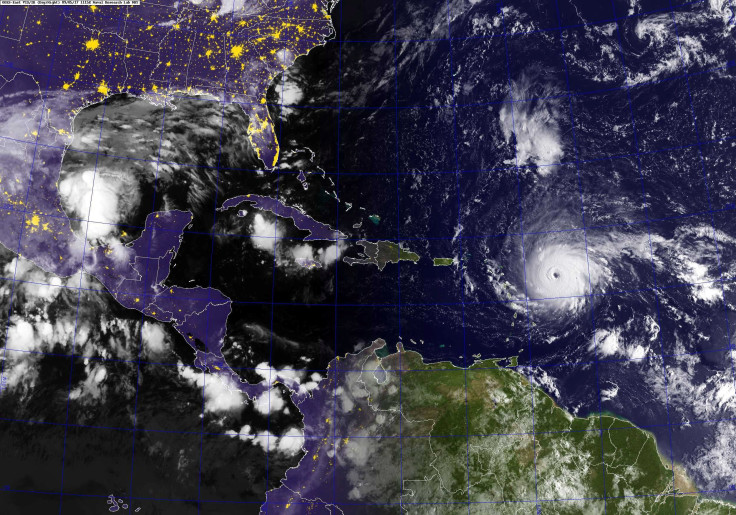Are Female Named Hurricanes Deadlier?

Hurricane Irma is gathering strength in the Caribbean and became a Category 5 Monday. The threat of the storm making U.S. landfall looms large after an already destructive Hurricane Harvey ravaged Texas. Because this storm has a female name, a 2014 study called “Female hurricanes are deadlier than male hurricanes” has resurfaced. But is it true?
The June 2014 study was originally published in the journal “Proceedings of the National Academy of Sciences.” It claimed hurricanes with female names were more deadly because people didn’t take them as seriously due to implicit gender-bias. While that may be the case for some people, the study does not seem to definitively prove what it claims.
“Using names such as Eloise or Charlie for referencing hurricanes has been thought by meteorologists to enhance the clarity and recall of storm information. We show that this practice also taps into well-developed and widely held gender stereotypes, with potentially deadly consequences,” reads the conclusion of the study, which was widely covered at the time by a variety of news outlets.
People began to poke holes in the conclusion of the experiment soon after it was published. The study’s data was criticized by Jeff Lazo of the National Center for Atmospheric Research in National Geographic. The study looks at Atlantic hurricanes from 1950 on, but Lazo points out that hurricanes were given exclusively female names from 1953 to 1979. Splitting the hurricanes into pre- and post-1979 categories made the data sets too small, said the team led by Kiju Jung, a professor at the University of Illinois at Urbana–Champaign.
Lazo also noted that the data set for deaths included tangential casualties not directly linked to the storms. If someone dies in the clean-up effort, the name of the storm and the person’s preparedness, or readiness to evacuate don’t factor into that death, he argues.
Additionally, less people have died in hurricanes over time, hence more people died when the storms had exclusively female names.
Slate pointed out if 2012’s Hurricane Sandy was taken out of the data set, then the conclusion of the study falls apart. It already excluded some outliers with large death tolls, such as Hurricane Katrina.
The Washington Post decided to rename their original article about the study this year, and offered up several studies that call into question the original Jung conclusion.
Hurricanes began getting named for ease of communication and tracking according to the National Oceanic and Atmospheric Administration. Storms alternate male-female names in alphabetic order. The World Meteorological Organization is responsible for the names and uses a set list on a six-year rotating basis. Some names are retired if they are attached to a particularly large or deadly hurricane. The practice of using female names stemmed from a novel published in 1941 where a fictional weatherman named hurricanes after his ex-girlfriends. The Army and Navy adopted the practice of using female names for hurricanes and so did the U.S. Weather Bureau in 1953.
© Copyright IBTimes 2025. All rights reserved.





















